Before delving into the topic of how to clean a stone kitchen backsplash, it is important to acknowledge that stone is an attractive material that may be used for a backsplash in the kitchen. It lends an air of sophistication to the whole appearance. However, just like any other backsplash, it is susceptible to being soiled as a result of accidental spills and splashes. You are thus at the appropriate location if you are interested in learning how to clean the stone backsplash in your kitchen. We have discovered the most effective way to clean your backsplash, which means that it will quickly be restored to its previous splendor.  Because some kinds of stones are known to be sensitive to cleaning chemicals, it is important to do a spot test on your cleaning solution before getting started. If you want to lessen the likelihood of injuring your stone, use a gentle soap. The following procedures should be followed to clean a stone backsplash:
Because some kinds of stones are known to be sensitive to cleaning chemicals, it is important to do a spot test on your cleaning solution before getting started. If you want to lessen the likelihood of injuring your stone, use a gentle soap. The following procedures should be followed to clean a stone backsplash:
- Select a brush to use.
- Create a solution consisting of warm water with soap in it.
- Clean the wall behind the stove.
- Finish by rinsing with a fresh, damp cloth.
It would help if you kept reading since we will expand on the tools and techniques below, but at this point, you know the fundamental stages for cleaning your stone backsplash. In addition, we will address some more questions that you could have about the stone backsplash in your kitchen. 
First, choose a brush to use.
Make sure the toothbrush or cleaning brush you use has gentle bristles. Because stone does not normally have a particularly smooth surface, the bristles will assist in the cleaning of any tiny cracks that may be present. Cleaning the grout and the space between the tiles with a brush can also assist in eliminating any filth that may be there. Tip: If you are still in the process of selecting your backsplash, consider going with a stone that has a smoother surface, such as granite. This will make it simpler to clean and will require less washing to remove any grease that may have built up. The second step is to prepare a solution consisting of hot soapy water. As was just said, the stone may be vulnerable to the effects of some cleaning solutions. When it comes to washing your backsplash, dish detergents that are on the gentler side are your best bet. Even if you are using a light soap, you need to be sure that the cleaning solution won’t harm your stone by testing it in an inconspicuous location first. This is the case even if the soap is moderate. A backsplash is prone to becoming splattered by oil. After all, it is the reason it is positioned there. As a result of this, you should choose a gentle detergent that is capable of dissolving grease. Although Dawn dish soap is an excellent choice, you may try using any other dish soap you might have on hand since most dish soaps are designed to perform the same functions.  If you prefer to utilize a cleaning solution that you got from the store, you should make sure that it is safe to use on the kind of stone that your backsplash is built from. You may get cleansers on the market that are designed specifically for the material that your backsplash is composed of. For instance, there are stone cleaners designed specifically for granite and cleaners designed specifically for limestone. In the bucket or sink, combine the liquid soap with the hot water. The sink will be suitable for the purpose if it is situated in close proximity to the backsplash. Grab a bucket or other suitable container if you would rather not run the danger of leaking dishwashing water all over the place. Washing the Backsplash is the Third Step. Now might be a great time to tidy up! Submerge the brush in soapy water, and then apply a substantial quantity of the solution to the backsplash. To keep cleaning, re-wet the brush if it becomes dry. The fourth step, Clean the Backsplash with Water When you are through with cleaning, be sure to use a fresh cloth and some plain water to remove any soap residue by rinsing it off. If you don’t rinse, a film of soap can be left on the backsplash after you’re done cleaning it. Examine the backsplash to see if there are any locations that you may have overlooked.
If you prefer to utilize a cleaning solution that you got from the store, you should make sure that it is safe to use on the kind of stone that your backsplash is built from. You may get cleansers on the market that are designed specifically for the material that your backsplash is composed of. For instance, there are stone cleaners designed specifically for granite and cleaners designed specifically for limestone. In the bucket or sink, combine the liquid soap with the hot water. The sink will be suitable for the purpose if it is situated in close proximity to the backsplash. Grab a bucket or other suitable container if you would rather not run the danger of leaking dishwashing water all over the place. Washing the Backsplash is the Third Step. Now might be a great time to tidy up! Submerge the brush in soapy water, and then apply a substantial quantity of the solution to the backsplash. To keep cleaning, re-wet the brush if it becomes dry. The fourth step, Clean the Backsplash with Water When you are through with cleaning, be sure to use a fresh cloth and some plain water to remove any soap residue by rinsing it off. If you don’t rinse, a film of soap can be left on the backsplash after you’re done cleaning it. Examine the backsplash to see if there are any locations that you may have overlooked. 
How exactly does one clean grease off of stone?
If you have some difficult grease stains to remove from your stone and the detergent designed to cut grease didn’t work, there is another way that you may try. If you haven’t previously done so, you should begin the procedure by conducting your typical cleaning routine in order to remove any more food splatters. Make a paste by combining some water and baking soda in the appropriate proportions. Try to use a thin layer of the paste over the stain using a brush, a knife, or a spatula. Allow it to remain undisturbed for thirty minutes to one hour, or until the paste has hardened enough to be removed with a brush. It is possible that you may need to do the procedure many times before the grease stain is removed. After you have get rid of as much of the paste as you can using the brush, give it a last cleaning to get rid of any paste that may still be there. 
Helpful Hints for keeping natural stone backsplashes clean
It is not only difficult to select the natural stone backsplash that you want to use in your kitchen or bathroom because there are so many different types of natural stone backsplashes available today, but it is also difficult to know exactly how you should clean and care for stones. This is all due to the fact that there are so many types of natural stone backsplashes. The Rock Doctor is here to share some advice with you on the best way to clean the wide variety of natural stone backsplashes. 
Cleaning different types of stone backsplashes
Stone backsplashes should be cleaned on a daily basis for the greatest protection against stains and discoloration. Sadly, a lot of folks have no idea how to clean the stone backsplashes in their kitchens and bathrooms properly. We are aware that there are a few distinct kinds of stone backsplashes and that this may make things a little bit difficult. The following are some suggestions for cleaning backsplashes made of natural stone. 
Sedimentary rock is composed mainly of calcite.
Calcium may be found in a number of sedimentary stones, including marble, limestone, travertine, and onyx, among others. These kinds of stones are especially vulnerable to the damaging effects of strong chemicals and acid. When maintaining the cleanliness of these stones, you will want to use a cleaner designed specifically for stones, such as Rock Doctor Granite & Quartz Cleaner, which can be used on a wide range of stones without causing damage. A cleaning designed specifically for stones will not include bases such as citrus or vinegar, which might cause irreparable harm to the stones. Be aware of any cleaners that include bleach since these products have the potential to etch or discolor calcium-based stones.’ Stone with textures Both slate and quartzite are types of stone that have a naturally rough surface and are often used for making backsplashes. It might be challenging to clean slate and quartzite backsplashes because of the roughness of these materials. In point of fact, rags used for cleaning and paper towels often get caught and entangled on the rough stone. If you need to clean textured stone, your best choice is to use a cleaner designed specifically for stone in conjunction with a scrub pad that is not abrasive.  The scrubbing pad will assist in removing dirt without scratching the stone’s surface or leaving behind any fibers, and it will do so without leaving behind any residue. Even though we would never advise utilizing ledger stone or split face mosaic stones in the shower or for kitchen backsplashes, it is possible to find examples of these materials in these settings. Examples include the shower and the kitchen. These rough surfaces are far more eye-catching than slate or quartzite, and it is quite simple for the residue to accumulate on the surface of these stones. Slate and quartzite both have smoother surfaces. Because it is exceedingly difficult to clean these surfaces with any sort of cloth, the method that is utilized for slate and quartzite is the one that we suggest using. Polished stone Due to the high sheen of polished stone’s surface, it is more prone to reveal signs of damage such as chips, scratches, and etching, in addition to water spots. Once again, a cleaner designed specifically for stones should be used to clean these stones. When cleaning polished stone, on the other hand, you will want to use a gentle cloth in order to avoid scratching the surface of the stone or doing any other harm to its brilliant veneer.
The scrubbing pad will assist in removing dirt without scratching the stone’s surface or leaving behind any fibers, and it will do so without leaving behind any residue. Even though we would never advise utilizing ledger stone or split face mosaic stones in the shower or for kitchen backsplashes, it is possible to find examples of these materials in these settings. Examples include the shower and the kitchen. These rough surfaces are far more eye-catching than slate or quartzite, and it is quite simple for the residue to accumulate on the surface of these stones. Slate and quartzite both have smoother surfaces. Because it is exceedingly difficult to clean these surfaces with any sort of cloth, the method that is utilized for slate and quartzite is the one that we suggest using. Polished stone Due to the high sheen of polished stone’s surface, it is more prone to reveal signs of damage such as chips, scratches, and etching, in addition to water spots. Once again, a cleaner designed specifically for stones should be used to clean these stones. When cleaning polished stone, on the other hand, you will want to use a gentle cloth in order to avoid scratching the surface of the stone or doing any other harm to its brilliant veneer.  Be careful to use a clean rag at all times since the dirt and debris that is left behind on filthy cloths might cause the stone to get damaged. Polishing and sealing stone backsplashes Sealing natural stone is necessary since the pores in the stone are so tiny and may easily let in moisture. At the very least, once each year, sealer has to be put to stone backsplashes in order to preserve the stone from being damaged. These sealers may be a little challenging to apply to the uneven surfaces of some of the backsplashes described above; nonetheless, it is crucial that you do your best to ensure that every section of the backsplash is protected from possible moisture. This can be accomplished by doing the following: If the stone that makes up your backsplash is polished stone, you will need to reapply stone polish many times each year in order to keep it looking its best.
Be careful to use a clean rag at all times since the dirt and debris that is left behind on filthy cloths might cause the stone to get damaged. Polishing and sealing stone backsplashes Sealing natural stone is necessary since the pores in the stone are so tiny and may easily let in moisture. At the very least, once each year, sealer has to be put to stone backsplashes in order to preserve the stone from being damaged. These sealers may be a little challenging to apply to the uneven surfaces of some of the backsplashes described above; nonetheless, it is crucial that you do your best to ensure that every section of the backsplash is protected from possible moisture. This can be accomplished by doing the following: If the stone that makes up your backsplash is polished stone, you will need to reapply stone polish many times each year in order to keep it looking its best.  The polish will assist in maintaining the integrity of the sealer and restore the shine to the stone backsplash that was present the day it was placed in your house.
The polish will assist in maintaining the integrity of the sealer and restore the shine to the stone backsplash that was present the day it was placed in your house.

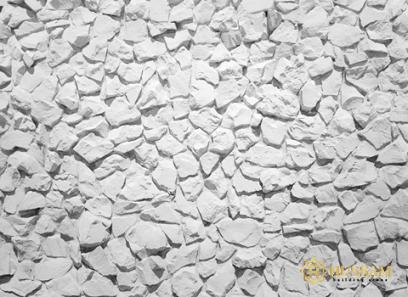

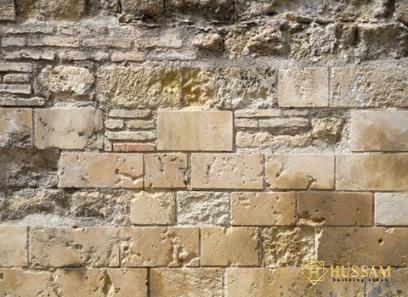
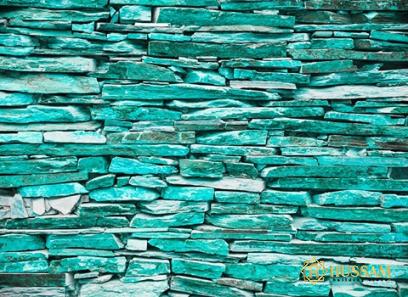

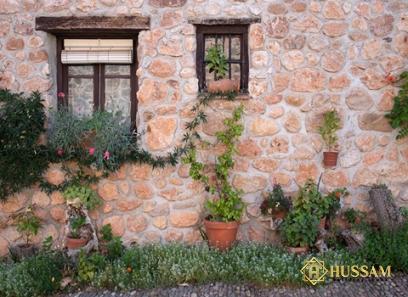
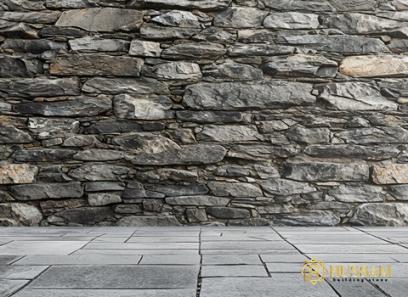
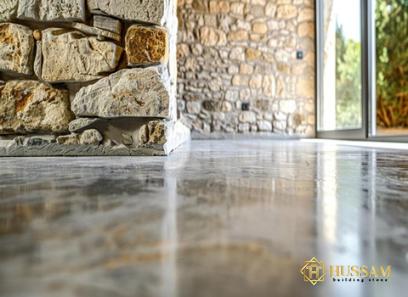
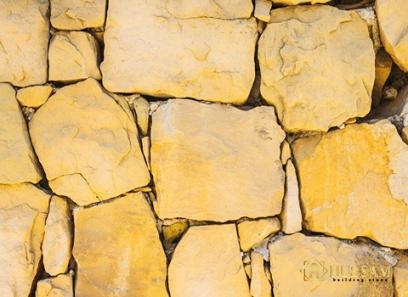
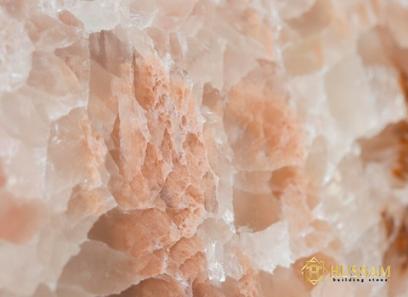
Your comment submitted.